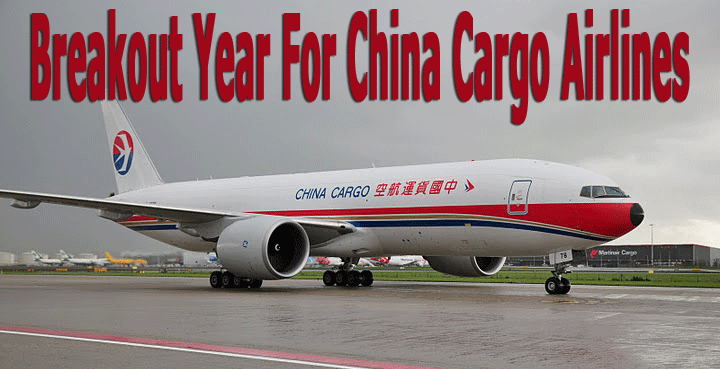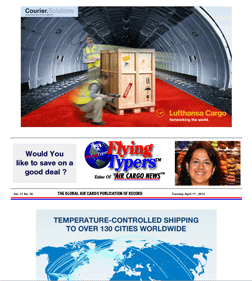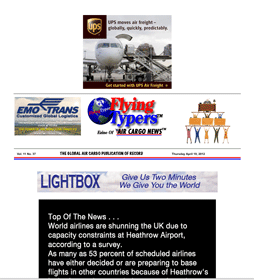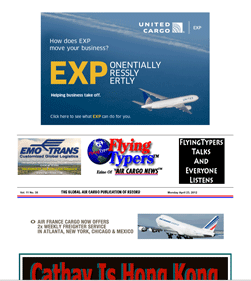| 
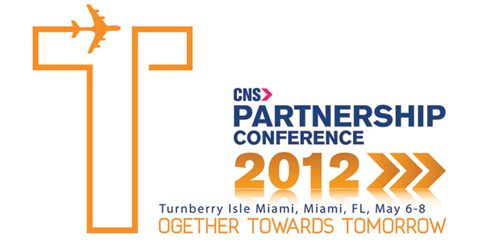 Once
upon a time, the term “crossing the T” was a naval
term used back in the days of the battleships (The Battle of Jutland
in WWI comes to mind, when the English Navy applied such a hurt
on the German Navy it never again came out of port during the
conflict). The term was illustrative of a tactical attack formation—an
enemy would position a ship’s broadside directly in front
of their foe’s bow, essentially forming the top of a ‘T’
and facilitating the use of all their broadside guns, leaving
their foe with use of their bow guns only. Once
upon a time, the term “crossing the T” was a naval
term used back in the days of the battleships (The Battle of Jutland
in WWI comes to mind, when the English Navy applied such a hurt
on the German Navy it never again came out of port during the
conflict). The term was illustrative of a tactical attack formation—an
enemy would position a ship’s broadside directly in front
of their foe’s bow, essentially forming the top of a ‘T’
and facilitating the use of all their broadside guns, leaving
their foe with use of their bow guns only.
In 21st century language, it has
come to mean something else entirely, now people say things like
“We are crossing the T here,” or “Let’s
cross the T and get this done.”
The latest in the rush to ‘Cross
the T’ in 2012 is the upcoming USA-held CNS Partnership
Conference, running May 6-8, 2012, at Turnberry Isle in Miami,
Florida.
Whether or not this year’s
edition crosses its ‘T’ according to the former or
latter definition is yet to be seen, but if the past has set precedence,
expect a bit of both, because CNS gatherings of forwarders, airlines,
and other industry stakeholders are never dull.
In fact, CNS is usually the best
place to find a real mix of airline and forwarders in the kind
of numbers that allow for some decent sessions and absolutely
outstanding networking.
 Here,
Michael Vorwerk, CNS President, talks about what lies in store
for 2012 CNS Partnership Conferees. Here,
Michael Vorwerk, CNS President, talks about what lies in store
for 2012 CNS Partnership Conferees.
“Once again we are at a new
and refreshing venue conducive to networking and providing state
of the art conference facilities.
“The Turnberry Isle Miami
is sure to create a memorable experience and surpass expectations.
“Our goal this year is to
bring attention to the air cargo industry’s need to present
a united front to better handle challenges like quality improvement,
e-commerce, security, the environment and more, hence our theme
‘Together Towards Tomorrow’.
“We will have a new format
this year as well, with two half-day plenary sessions instead
of one long day of sessions.
“Lastly, we will have two
very stimulating panels on e-commerce and security featuring high-level
speakers.
“This is the 22nd annual CNS
Partnership Conference and it still continues to be one of the
best air cargo events in our industry.
“We provide an excellent opportunity
for busy executives to gather in one location, not only to discuss
the latest development and challenges in our industry, but also
to network, share ideas, and celebrate a sense of community and
joint endeavor. This year we have worked very hard to bring exciting
topics and brilliant speakers and we are expecting a record number
of attendees. You cannot afford not to attend!” said Mr.
Vorwerk.
We’d have to agree on all
counts, if we are referring to the necessity and importance of
CNS. The event does pose an excellent opportunity for networking,
learning, community, and shared ideas. However, we must politely
disagree with the statement that one “cannot afford not
to attend.” Unfortunately, the astronomical admittance cost
of attending the current incarnation of CNS has prevented a number
of former attendees from joining in the meeting, at a loss (we
believe) to the event and other attendees. The fact of the matter
is, with more people than not, you cannot afford to attend!
The rising cost of CNS itself is
not the only difference between last year’s meeting and
the upcoming May meeting, as assured by Mr. Vorwerk. There are
many positive trends on the horizon and much was learned from
last year’s gathering.
“In alignment with our parent,
IATA, CNS continues efforts to drive efficiencies within the CASS
operation for both our member carriers and forwarders.
“CASS-USA finished a record
year for 2011, clearing over $5 Billion for participating carriers.
“We’re having increased
participation with partner associations (Air forwarders Association,
TIACA, FIATA, WCO, GACAG, etc.), and there has been acceptance
of Cargo 2000 as the industry standard for quality measurement.”
The CNS agenda 2012 includes stronger
focus on the e-freight program and, of course, cargo security.
“The e-freight program is
absolutely essential to air cargo’s long-term competitiveness.
“IATA’s goal is 100
percent coverage by 2015. We exceeded the 2011 target of 10 percent
penetration on enabled trade lands, reaching 11.1 percent.
“While freight forwarders
are driving the broader e-freight agenda in the same timeframe,
IATA will be focused on the e-air waybill (e-AWB) (15 percent
penetration in 2012 and 100 percent by 2014.)
“Cargo security must also
be at the top of the agenda for everyone in the air cargo supply
chain. Many call the 2010 Yemen printer cartridge incident the
air cargo industry’s 9/11 in terms of changes being brought
to the business.
“IATA/CNS supports a multi-layered
approach to security. Progress is being made on data provision.
IATA/CNS is working with stakeholders and regulators to harmonize
risk-assessment measures in compliance with the World Customs
Organization SAFE standards.
“[We wish to] work closer
with partners, carriers, and forwarders to offer new solutions
and help improve processes and provide online access to various
manuals and handbooks for easier customer access,” said
Mr. Vorwerk.
Change is clearly coming, and everyone
will need to be on board in order for the best to be accomplished—a
fact of which Michael Vorwerk is all too aware.
“There is support for change
in air cargo, although there is still opportunity for more involvement
in order to speed up change.
“IATA’s E-freight has
expanded and companies are becoming serious about implementation.
CBP is slowly increasing the number of available ports accepting
e-freight into the U.S., currently at 61.
“More airlines and forwarders
are beginning to participate. Inbound e-freight shipments have
increased by more than 350 percent in shipments for January to
December 2011, and outbound e-freight shipment by over 40 percent.
“More companies are seeing
the benefits from Cargo 2000 (improved quality, streamlined air
cargo processes, cost efficiencies). Membership is steadily increasing
and those who are already members are becoming more involved.
“The formation of GACAG comprising
IATA, FIATA, TIACA and GSF is a big sign and will definitely support
change within our industry. This group has and will play a critical
role in uniting our industry and dealing with worldwide regulatory
authorities.
“Innovation within our industry
is ongoing, from new freighters, biofuel developments, RFID &
GPS Tracking, e-AWB, advanced shipping containers, etc.
“The best days for air cargo
are still ahead, not only in the U.S. but worldwide. Slowly but
surely economies are getting better.
“The awareness of air cargo’s
importance is increasing and air cargo will always be needed.
This coupled with increased support and cooperation from regulatory
authorities, increased industry collaboration, new technologies,
advanced security solutions, improved quality, etc. The industry
can and will progress.
“CNS’s goal is to deliver
value to the air cargo industry, and our affiliation with IATA
makes us unique. Becoming a CNS member provides the opportunity
for our organization and our members to accomplish this.
“Membership also provides
recognition within our industry, simplified trade processes, enhanced
business relationships, and access to CASS-USA, which provides
for rapid and high-quality/efficient financial transactions between
airlines and forwarders,” said Mr. Vorwerk.
We wonder if there were any other
industry suited to a man like Michael Vorwerk and are quickly
assured he will not be going anywhere.
“Once an air cargo man, always
an air cargo man—I like very much what I do!
“I admire all people with
passion—not talking too much about it—but people who
put their passion into action and tangible results,” said
Mr. Vorwerk.
Geoffrey Arend/Flossie
|


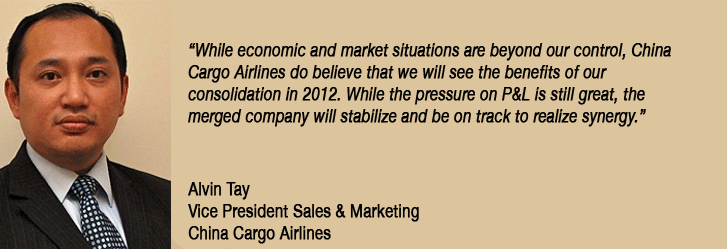
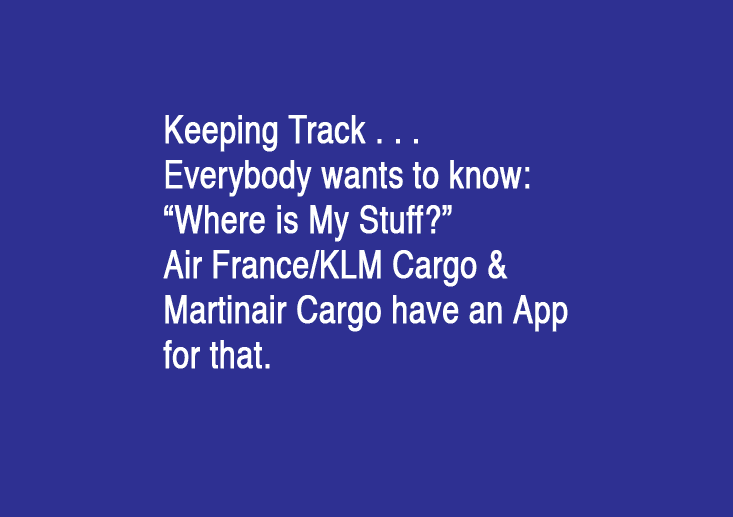




 Once
upon a time, the term “crossing the T” was a naval
term used back in the days of the battleships (The Battle of Jutland
in WWI comes to mind, when the English Navy applied such a hurt
on the German Navy it never again came out of port during the
conflict). The term was illustrative of a tactical attack formation—an
enemy would position a ship’s broadside directly in front
of their foe’s bow, essentially forming the top of a ‘T’
and facilitating the use of all their broadside guns, leaving
their foe with use of their bow guns only.
Once
upon a time, the term “crossing the T” was a naval
term used back in the days of the battleships (The Battle of Jutland
in WWI comes to mind, when the English Navy applied such a hurt
on the German Navy it never again came out of port during the
conflict). The term was illustrative of a tactical attack formation—an
enemy would position a ship’s broadside directly in front
of their foe’s bow, essentially forming the top of a ‘T’
and facilitating the use of all their broadside guns, leaving
their foe with use of their bow guns only.  Here,
Michael Vorwerk, CNS President, talks about what lies in store
for 2012 CNS Partnership Conferees.
Here,
Michael Vorwerk, CNS President, talks about what lies in store
for 2012 CNS Partnership Conferees. 
 Top
of the morning as you approach the top of the world, which holds
no more mystery than any other location when it comes to air
cargo market drivers.
Top
of the morning as you approach the top of the world, which holds
no more mystery than any other location when it comes to air
cargo market drivers.